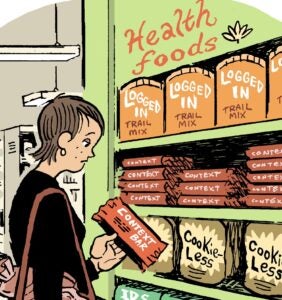By Jackie Lee, head of publishers and media industry at Similarweb
The free and open internet as we know it is not free at all: Someone somewhere is footing the bill so publishers can fund the creation of that “free” content.
Publishers used to do that with high-margin print and linear TV ads before those revenue streams were replaced by technologies underpinned by third-party cookies. Now, cookies are disappearing from the biggest platforms – maybe as soon as next year.
With shifting deprecation timelines, ad sellers have precious little time to build first-party data warehouses, scale up subscription programs, develop new strategies, and implement cookie-free solutions – but there’s no silver bullet. Advertising success in a cookieless future will instead depend on a balance of solutions, each weighed by what they enable publishers to do.
Thriving without cookies
With massive resources to test new revenue models, we can assume the biggest market leaders will do just fine once cookies are phased out. But what about brands that don’t have the powerhouse resources of legacy publishers?
The good news is first-party and contextual data are starting to emerge as promising solutions that all publishers and media brands can use to keep the money train moving in a more ethical, brand-safe way. Even better, these are not contingent on Google’s or Apple’s decisions.
However, both options come with inherent trade-offs. First-party data on its own may be rich in detail but difficult to scale and move. On the other hand, contextual data is super scalable, but it lacks specificity.
The key is finding the optimal mix of both, informed by the right cookieless tools to enable that process. Major brands like Condé Nast and The New York Times are investing in first-party data, leaning into the subscription model and creating smart contextual audience segments.
How can publishers respond?
Several approaches have cropped up to replace the omnipresent cookie, such as Google’s Topics and Trade Desk’s Unified ID, and we expect more to come to market before Google finally shuts down cookies. But these solutions also rely on major third-party providers who can (and will) change direction at any time, making them a liability for publishers.
Instead of putting all their eggs in another basket, publishers need to invest in balanced solutions that let them pick up the slack cookies are leaving behind. Cookieless web analytics solutions let publishers identify and model naturally emerging traffic patterns (both within and across domains), which they can use to sell ad space – without being shackled to cookies and without being subject to the rule-changing whims of a gigantic third party.
Even though the industry is losing its most efficient insights into “who” makes up an audience, it’s still possible to create a proxy audience by focusing on “where” traffic groups are spending their time online. In that way, ad targeting will become a balancing act of solutions that get publishers closer to both the “who” and the “where” (with competitive analysis features like share of voice and conversion efficiency). The future of online advertising is in that balance.
For more than two decades, cookies have underpinned digital ad targeting. Their ubiquity is exactly what makes them such a liability for audiences and third parties, so it’s unlikely that a single point solution will emerge to solve the challenges around targeting, attribution and measurement. The drawbacks to individual solutions – like loss of specificity, lack of data portability and the absence of user matching – means brands will need the right mix of point solutions to be successful in a post-cookie world.
















